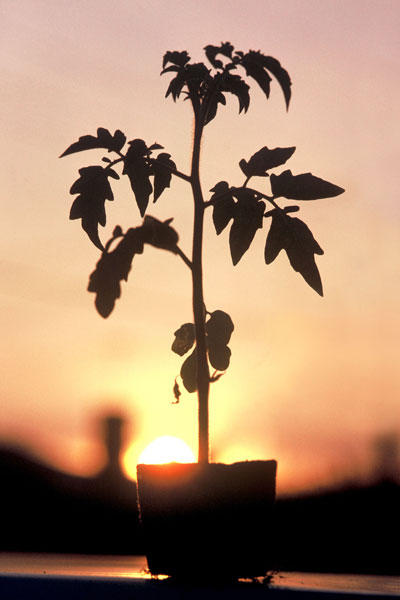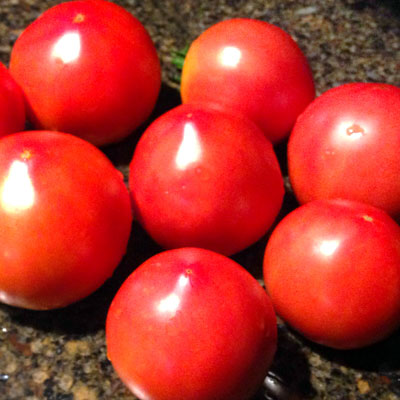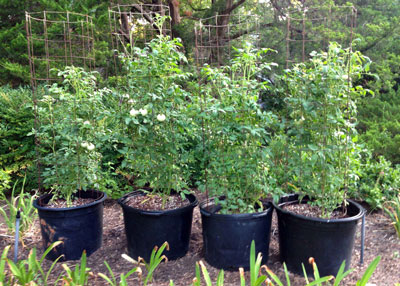Fall Tomato Time
For anyone in North Texas (the I-20 corridor and northward), the time to set out tomato transplants for fall is here now.

Steps to success…
In the interest of time, I’ll reduce this to quick notes.
• Call ahead to be sure your nursery or farm store has transplants on hand. They’re not always easy to find.
• Planting time starts now in North Texas and runs through later this month in South Texas.

• Stay with the same varieties you use for spring plantings. That means you’ll want small to mid-sized varieties such as Red Cherry, the Super-Sweet hybrid cherry types, Yellow Pear, Roma, Super Fantastic, Early Girl, Celebrity and, for those lucky enough to find them, Tycoon. Avoid large types like Big Boy, Beefsteak and the large heirloom types. They won’t set fruit in fall’s cooler weather.
• Buy transplants that have been growing in full sun so they’ll be acclimated.
• If your plants have been growing in a nursery shade house you’ll need to get them adjusted to the hot sun. I used to recommend constructing an A-frame out of lightweight wood shingles. You can use pieces of cardboard as long as they don’t get wet and weight your plants down. Gradually expose your plants to one hour more sunlight each day. Within a week they’ll be on their own.
• Keep the plants moist at all times. Fertilize them after two weeks with a high-nitrogen lawn food. Most of our Texas garden soils already have excessive amounts of phosphorus.

• Grow the plants in wire cages. Ideally the cages should be 16-18 inches in diameter and 42-48 inches tall. Use 2×2-inch stakes to keep them upright. You’ll be able to wrap the cages in frost cloth on the first few cold nights.
• There are many advantages to growing tomatoes in fall. You’re less likely to encounter spider mites and early blight. Fruit won’t suffer sunscald and will be less likely to show blossom-end rot. It won’t have the hard central cores that you find in tomatoes in early summer.
